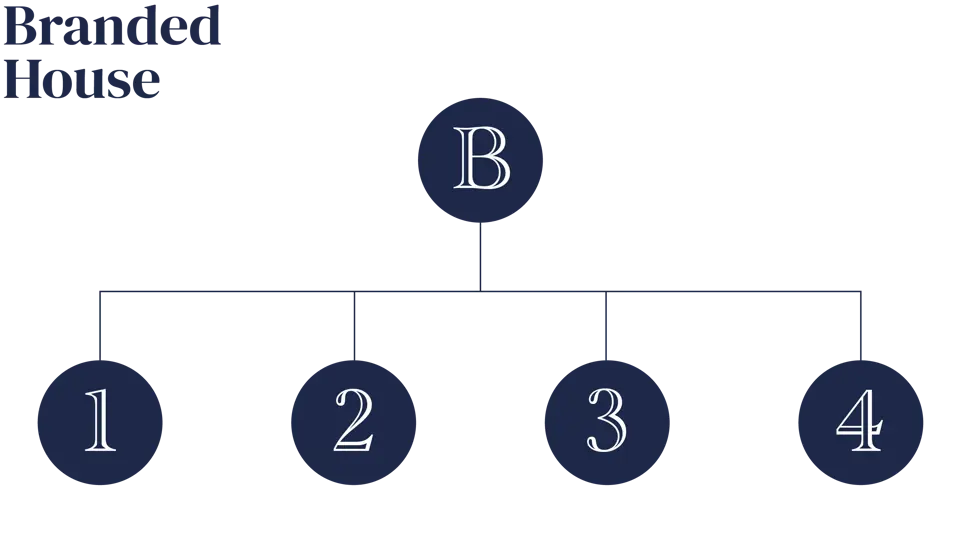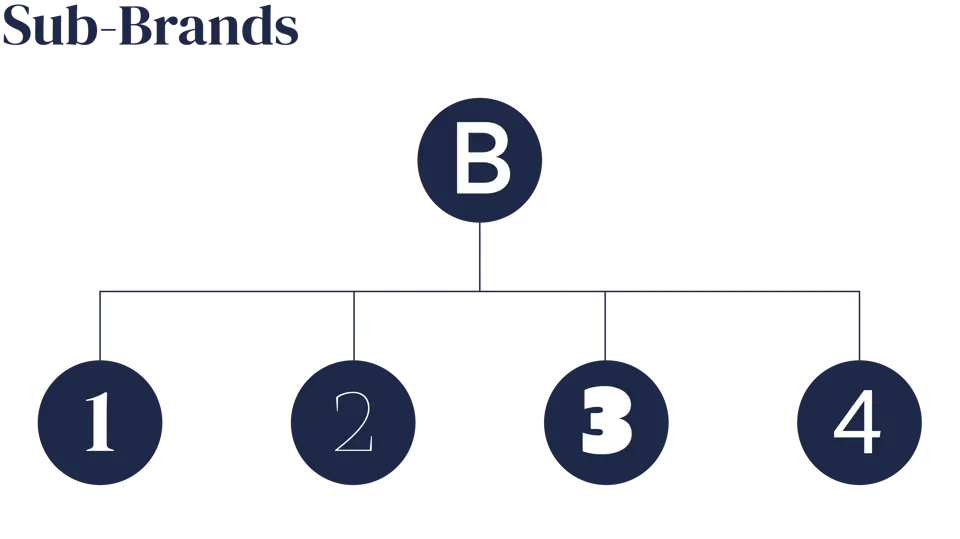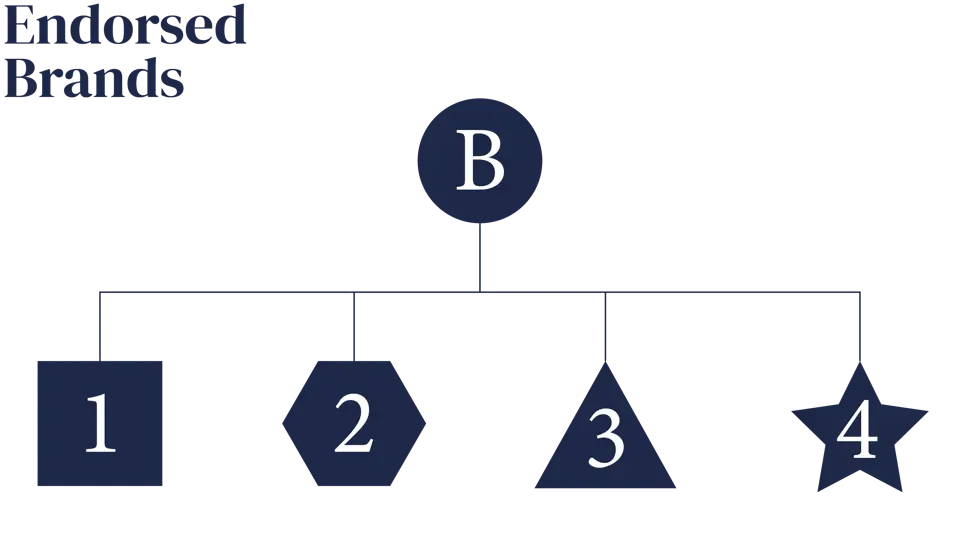Brand architecture is the process of defining and arranging your services or products into a structured hierarchy underneath your business brand. At its core is the desire to shape perception and increase awareness of everything you do.
It is highly unlikely that you are offering one single ‘thing’ to one single market, which means you need to describe the differences and Brand Architecture brings clarity and structure to this process.
A common misconception is that only large and complex organisations need to think about this, but the truth is that even the smallest business will benefit from clear positioning to help them communicate effectively, making sure that target audiences receives exactly what they are looking for.
Another significant benefit of clear brand architecture is the opportunity to cross-sell. Your existing customers are unlikely to be buying everything they could from you; how often have you heard “I didn’t know you did X”? Through clear markers, it becomes significantly easier to understand what is on offer without having to do too much research. The speed of information delivery is crucial to successful communication as your audience is time poor and easily distracted.
Defining what the best architecture is for your brand is to understand the main categories that exist in the branding industry. These combine to form a set of parameters and is often called the Brand Architecture Spectrum. The four most common categories are:

A Branded House is where the main company brand is repeated for every service or product. It can almost feel like there is no special branding going on at all.
Minor variations are often seen in this category, it is generally considered that FedEx is a typical Branded House where slight colour variations exist across the suite of services.
A Branded House reduces expenditure, delivers consistent and reliable visual communication but can be confusing for some customers.

Apple is the most well-known company operating a successful Sub-Brand structure. There is a clear overarching identity, but each separate product or service has more of its own identity (than a Branded House).
This allows for added creativity and individuality to target different customer segments whilst always paying tribute and capitalising on the business brand.
Apple enjoys high cross-selling across its suite and launches new sub-brands with ease.

With Endorsed Brands you see strong individuality on the various products or services but with a prominent endorsing brand element.
This is often the main company logo (think Kellogg’s) and works to reassure the audience about characteristics that have been built up over time such as quality, reliability, and integrity.
More creativity and individuality are present on these brands and is often used in businesses that have a broader or more fragmented user base which could be geographic or demographic (or both).

A House of Brands is to some extent just an owner or guardian of a lot of different types of businesses and brands.
Unilever is a good example which operates across a very wide market, although focused mainly on consumer goods in food and wellness.
Separate and targeted marketing is especially required in competitive marketplaces, making it essential for each product or service to have its own brand identity, strategy, and team.
Every business is different and deciding on what type of architecture will be best for you will depend on several factors. The basic starting point for any brand architecture review should reflect on the following:
What are you selling now?
Think about key characteristics and benefits.
Where is your audience?
Industry, demographics and geography can really matter.
What do you want to sell in the future?
You may need room to grow or streamline over time.
Applying brand architecture theory and practice to your business should only serve to make is easier and faster to maximise growth opportunities. There is no strict practice so create the structure that works for you – now and in the future.